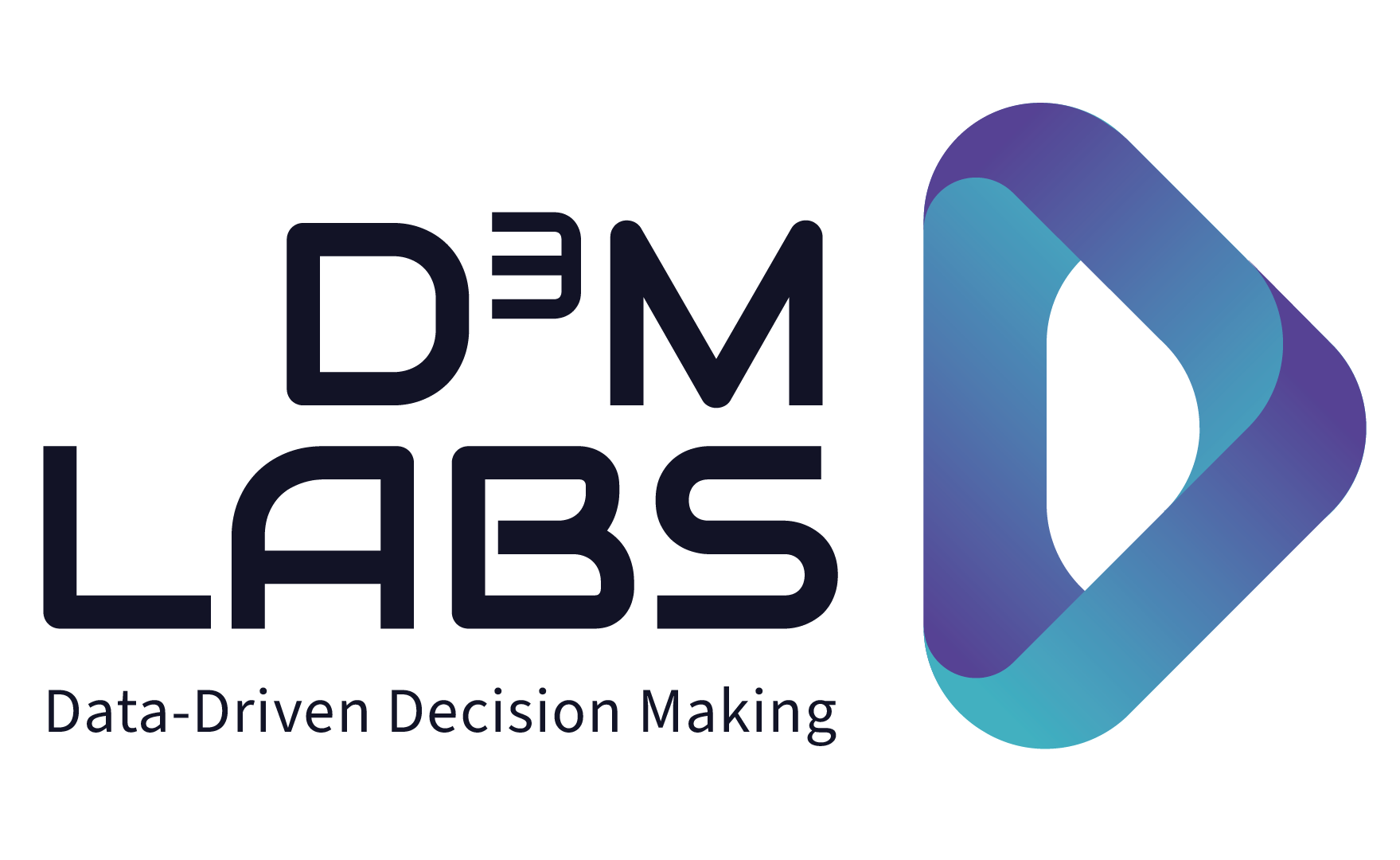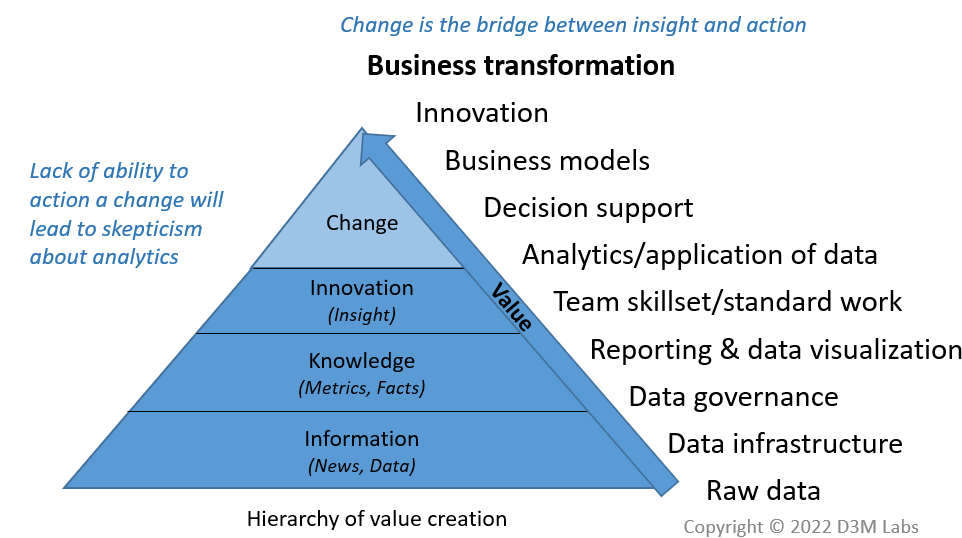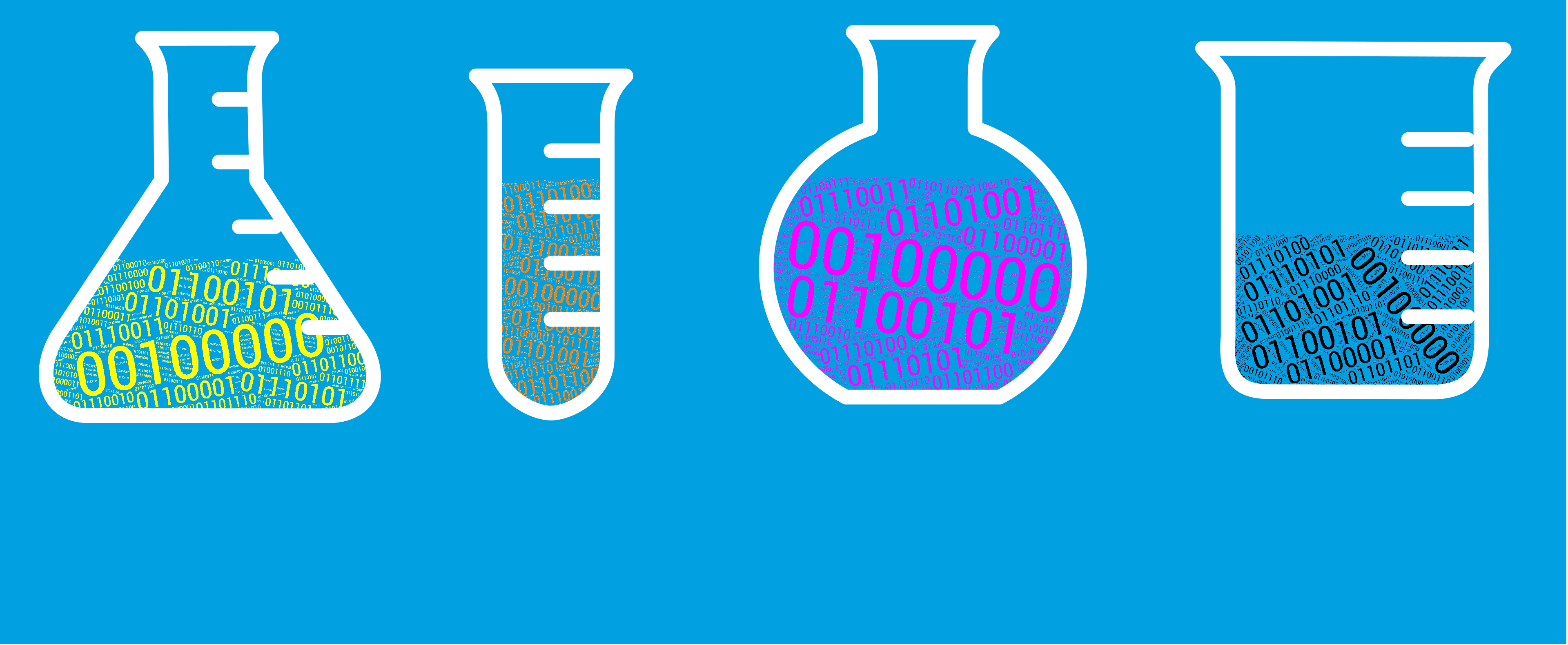Kategorie: Data Leadership
My top takeaways from the Berlin AI Summit: Understand the problem and don’t neglect operations.
The major challenges to AI implementation are often mind-set based rather than technical. Problems in production and implementation of AI often stem from organizations‘ and practitioners‘ lack of ability and/or desire to thoroughly scope out and define the problem they are trying to solve. Consequently, they often don’t select the right tools, capabilities and processes to implement successfully. Organizations can also negelct operations (such as MLOps), which are important for work efficacy and scale.
Building your company’s first data competency
Is business intelligence a luxury? Data – done right – is neither cheap nor easy. Most businesses wait until they are a certain size before investing in an in-house data competency. A greenfield assignment, the initial build-up of an inhouse data function, is an important early step in a company’s journey towards data maturity. Before the inception of an inhouse function dedicated to data, a company can be considered data immature, regardless of who uses the data or how long the company has been around.
Data Festival 2022: Democracy, Mesh, Fabric
The industry seems to be disillusioned by centralized data assets, data warehouse and data lake alike and looking for the next big thing.
What I look for when I hire a data professional
At the AI Guld Dinner, I was asked by a couple of people about what I look for when I hire data scientists. This advice can be scaled to all data professionals – and beyond.
Take aways from Big Data World, May 2022
The right mix of governance and freedom in architecture is still up for debate, end-to-end solutions are often-heard recommendations, low and no-code is expanding access to data and the customer journey could be seen as a source of revenue are some insights I gleaned from this spring’s Big Data World.
Operational KPIs that will let you know your Data Team is creating impact (rather fixing & firefighting)
Data teams are usually busy, but are they impactful? Just because your data team is burning through tickets does not mean that they are creating impact, especially if they are stuck fixing and firefighting. Impact can be broken down into prioritization, coverage and quality. KPIs such as the statistical re-do rate, analytical throughput rate and effective analytical throughput rate that will help you quantify the impact of your data organization. This framework, along with external validation from stakeholders, is helpful to root cause and make business cases to invest in improvements.
Lehren aus New York: Es gibt nie „nur Business“
In Berlin habe ich mehr als ein paar Mal den Kommentar „das ist nur Business“ gehört. In New York habe ich niemals einen solchen Kommentar vernommen. Ganz im Gegensatz zu Berlin wird es in New York über Unternehmensstrategie, Marktentwicklung und Marketingstrategie eifrig diskutiert.
What is Data-as-a-Service?
Data-as-a-Service (DaaS) can be described as productized data-driven insight on demand. DaaS allows business users to access the data and insights they need at the timing they desire. The data and insights can be consumed by multiple individuals simultaneously, location-independent of where the data has been sourced and managed.
Topography of a social media listening project
Social media monitoring has received a huge amount of attention in the past year following the explosive popularity of social media platforms coupled with the high-profile predictions in the US presidential elections. I have worked with numerous clients who wanted to build social media listening capabilities. This is an overview of what a social media listening project entails.
Creativity and intuition in a data-driven world
A creative mind can discover the insight lurking behind data. When found, it is absolutely necessary in bringing your business forward. In my experience, too many people cut corners here and just use the data or information at hand and/or that which is familiar to them. Approaching it with the right question frames your entire analysis both in terms of strategic and tactical impact, as well as project budget. The right question will also create a clear scope for the data needed, requisite analytical processes and tools, as well as human capital.










